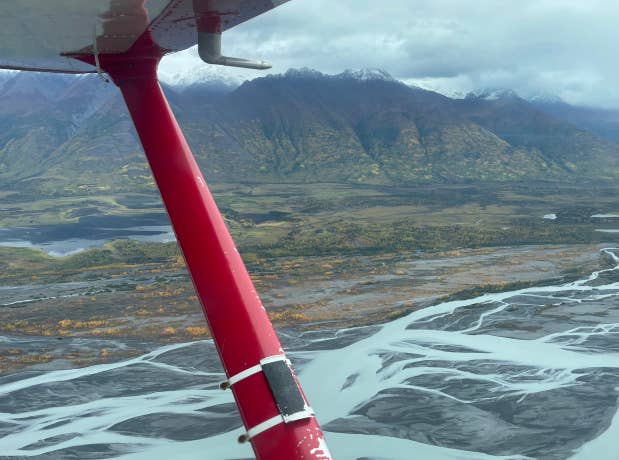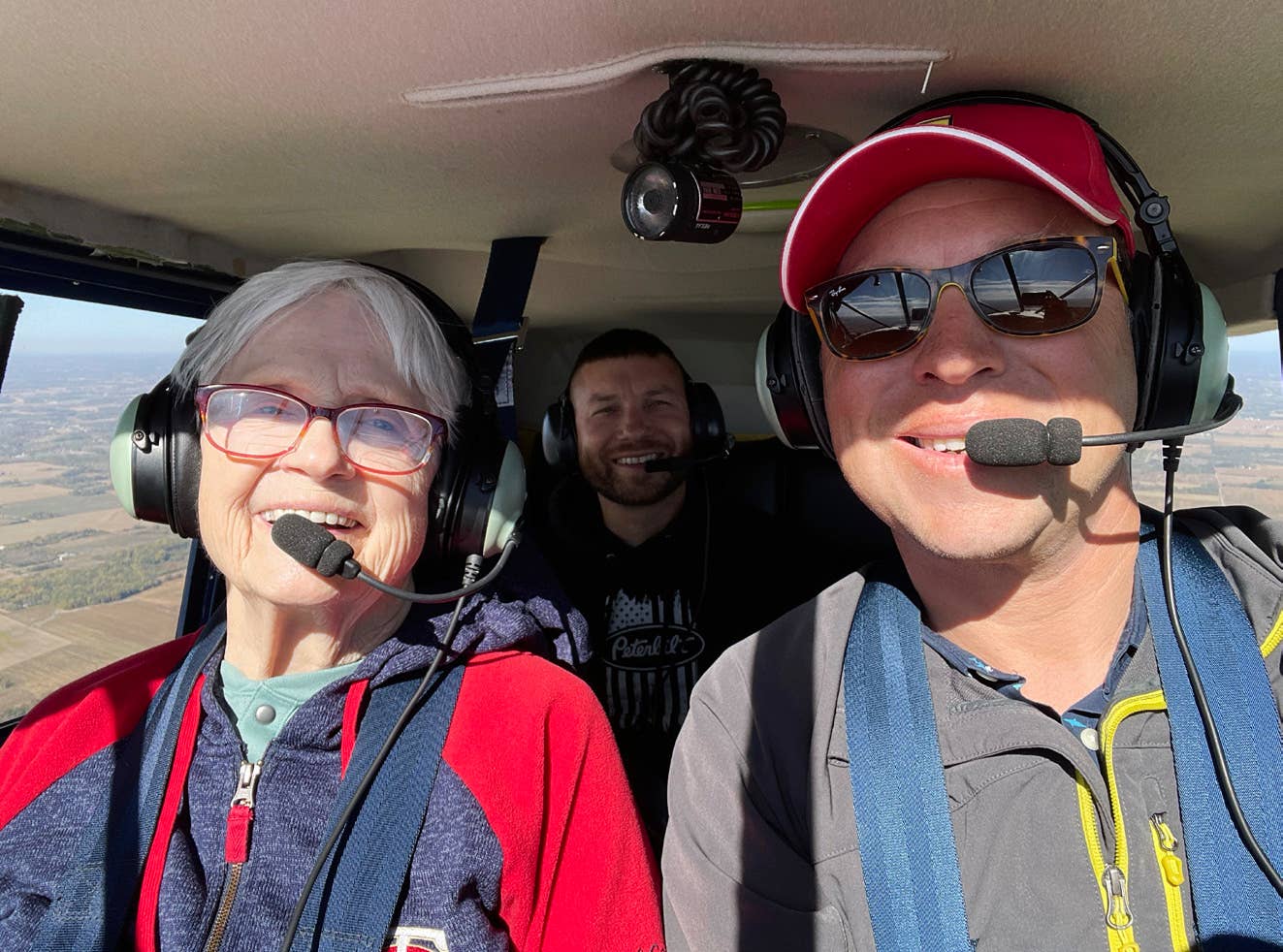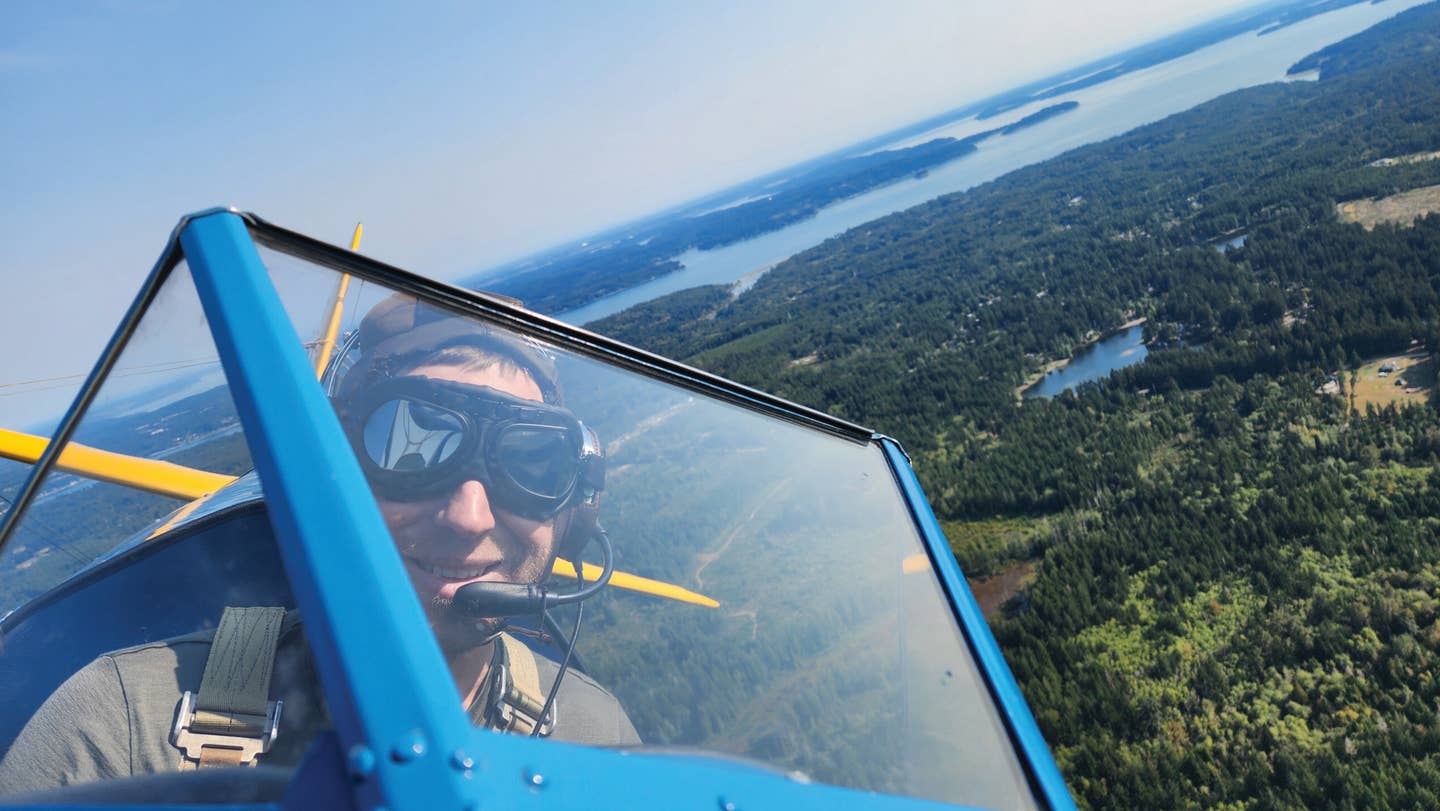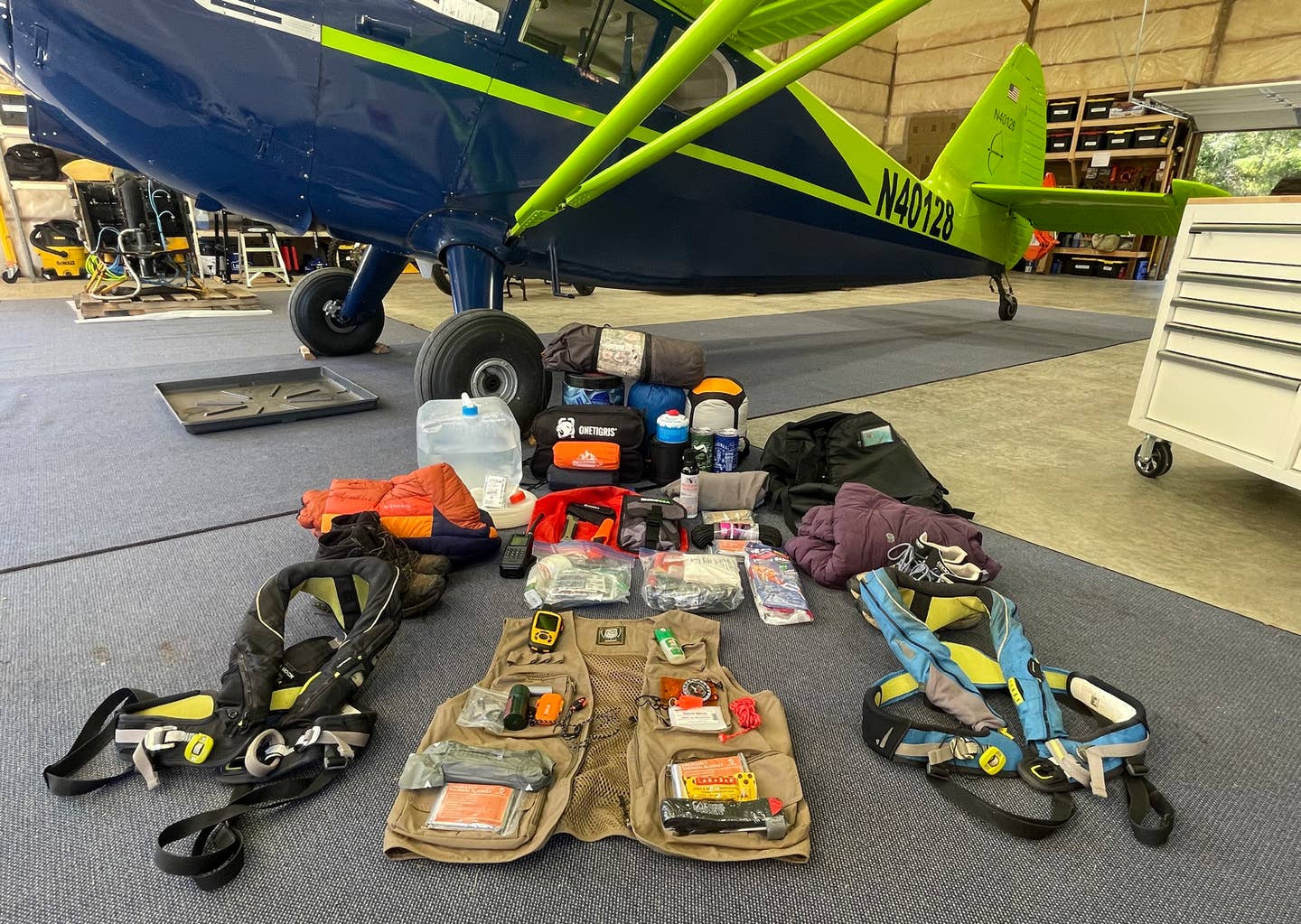Life in the Air: Hot or Not?
When it comes to a fire or a potential fire onboard, take the conservative route.
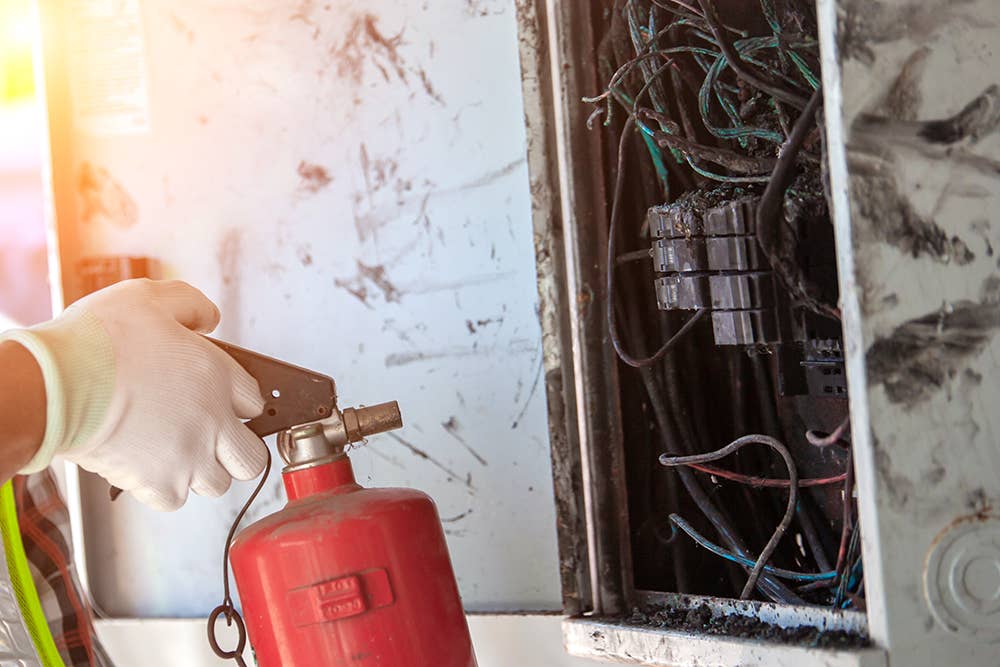
An unknown smell that could have been a potential fire caused Sam Weigel to call on an important lesson. [Credit: Adobe Stock]
It was a beautiful morning at the beginning of June, and as we leveled off at our cruise altitude of FL 340 and settled in for the four-hour flight, it had every appearance of being a nice, easy day flying the line. We had only two legs, from New York’s John F. Kennedy International Airport to Cancun, Mexico, and back. The weather was good on both ends and most points en route. The late-model Boeing B737-900ER had no write-ups or maintenance carryovers. Our crew of veteran flight attendants were pleasant and professional. I’d flown several prior trips with the first officer, Ryan, and we got along and worked well together. I sighed contentedly and slightly reclined my seat, gazing out over the Chesapeake Bay sliding under my side window.
Ding!
There are several chimes of various meanings in the B737 cockpit, and it took me a second to see the flight-attendant call light and configure my audio panel accordingly, expecting a routine request to change the cabin temperature. Instead, a thunderbolt from out of the blue: “Captain, this is Julie in the aft galley. We have a strong smell of burning electrical wires back here but no smoke. We’re still trying to figure out where it’s coming from.”
There are few things more guaranteed to get a pilot’s attention than fire—or even a hint of fire. Ryan and I glanced at each other and then at our respective map displays, where we could see both Baltimore and Dulles airport in Virginia within a few minutes of our current position. Ryan’s hand instinctively fell to the pocket where the quick-reference handbook resides.
“In these situations, every professional pilot must call on their judgment and experience to strike the best balance between caution and overreaction.”
Fire is one of those things that falls firmly into the “no time” bucket, to use the catchphrase of my airline’s CRM gurus. Every airline pilot knows of the fiery tragedies of ValuJet 592 and Swissair 111, in which prompter pilot action might have saved the day. In a happier and lesser-known case at one of my previous employers, the pilots responded quickly to an out-of-control lavatory fire (intentionally set by a flight attendant, but that’s a whole other story!), going from cruise altitude to landing in only eight minutes.
And yet, there are also many examples of pilots creating emergencies out of benign situations. Just at my airline, almost every month there is a diversion for an unidentified smell that nobody can duplicate later. In these situations, every professional pilot must call on their judgment and experience to strike the best balance between caution and overreaction.
All this flashed through my mind in the few seconds before I responded. “OK, Julie, we’re going to get ready to run some checklists and divert if needed. Keep trying to figure out where the smell is coming from, and report if it gets worse or if you see smoke. Call me back within a few minutes.”
After Julie hung up, I told Ryan to turn to the “Smoke, Fire or Fumes” non-normal checklist but to hold off on running it. This is one of the more familiar emergency checklists in the QRH because we train for it several times during initial training and usually see it once every recurrent cycle. It treats all fires, hints of fires, and unidentified smells as essentially the same, and I knew that with incomplete information, it would very quickly prompt a diversion to the nearest suitable airport. In the meantime, we pulled up the weather for Dulles; Richmond, Virginia; and Raleigh, North Carolina, and dialed up the frequency for our airline’s dispatch and maintenance control on our second radio. We had just done so when Julie called back: “The smell is getting worse back here but still no smoke. An off-duty pilot in the last row says it smells like an electrical fire to him. It’s on the right side of the galley when you’re facing forward, near the galley sink drain.”
With that I called for the Smoke, Fire or Fumes checklist, which Ryan began reading immediately. One of the first items calls for shutting off the “CAB/UTIL” (cabin/utility) switch on the overhead panel, which among other things removes all power to both the forward and aft galleys. I suspected turning this off would take care of our problem, but we continued with the checklist, continuing to remove power from other potential culprits.
And then we came to a fork in the road, two important questions on the checklist that determined which course the QRH would recommend. First: Is the source of the smoke, fire or fumes obvious, and can it be extinguished quickly? And second: Is the source visually confirmed to be extinguished, and are the smoke or fumes decreasing? If you answer no to any of those questions, the checklist quickly leads you to divert to the nearest suitable airport.
We called Julie for an update. She reported that there was still no smoke and that the fumes seemed to not be getting worse anymore, but they were also not getting better. “Maybe we’re just getting used to the smell,” she opined. I decided to suspend the checklist for a couple of minutes to see if the fumes decreased, and to “expand the team” in the meantime, by contacting maintenance control and dispatch.
Maintenance control wasn’t able to recommend any further circuit breakers or switches not covered by the QRH but said that the type and location of the odor pointed to a short-circuiting door-seal heater, the power to which would have been removed when we turned off the CAB/UTIL switch. We passed this along to the flight attendants. They confirmed that the smell was in the general vicinity of the door, but they had no visual confirmation of the source or its being extinguished, and they still didn’t think that the odor was getting weaker.
At this point, it was obvious that the situation wasn’t getting much less ambiguous over time, and both the QRH and common sense called for a diversion to the nearest suitable airport, which by this time was a fielder’s choice between Richmond and Raleigh. I decided on Raleigh and asked our dispatcher to send us updated performance numbers and to inform Raleigh operations—and then we set about the busy business of a diversion. In short order, this involved getting a revised ATC clearance, reprogramming the FMS, starting our descent, coordinating with the flight attendants and informing the passengers, finishing the appropriate QRH checklists, and setting up for and briefing the approach.
Just about the time I thought we were caught up, Ryan asked me somewhat pointedly, “So, do you think we should declare an emergency?” His question caught me a little flat-footed; we’d been so busy that I hadn’t thought about it, and with the fumes not getting worse, I’d been treating it as a nonemergency diversion. But Ryan had a solid point. We were diverting precisely because we couldn’t be absolutely sure that we’d extinguished our incipient electrical fire. And we’d be landing 5,000 pounds over maximum landing weight, which practically speaking is not a big deal but legally speaking is an invocation of captain’s emergency authority. All that suggested we declare, and Ryan bringing it up was yet another demonstration of the value of a smart, experienced and assertive first officer.
Declaring an emergency is always guaranteed to get more attention than you necessarily want. We were subsequently asked for souls and fuel on board no less than three times—Washington Center and Raleigh Approach and Tower were apparently not talking to each other. Multiple protestations that we required no assistance didn’t prevent us from being surrounded by fire engines immediately after turning off Runway 23R. And as soon as we parked at the gate and the boarding door opened, four or five firefighters in full kit charged aboard the aircraft to fight the supposed galley fire, blasting past flabbergasted passengers who’d been told this was a mere precautionary diversion.
Once the fire department gave the all-clear, our tech ops people started searching for the source of the now-cleared fumes. In the meantime, our dispatch office informed us they’d already found another airplane on which to continue our trip to Cancun, arriving in only 30 minutes—but because I declared an emergency, first I must participate in a teleconference with representatives from corporate, dispatch, maintenance control and the chief pilots office, in which I answered a list of some 25 questions. The mini inquisition seemed straightforward enough, but it was an unwelcome distraction as passengers disembarked, firing occasional questions or comments into the flight deck as they left.
A wise old TWA captain once told me to always take care of my crew, then my passengers, then my airplane, and then myself. I’ve since found that a valuable template when things go askew. Before going to the next gate, I thanked the flight attendants and Ryan for a job well-done and made sure we were all fit to continue. Once there, I made a gatehouse announcement to our passengers more fully explaining what had happened, why we had chosen to divert to Raleigh, and when we expected to get them to Cancun. As the inbound crew left, our new jet arrived and my crew boarded, I consciously cleared my mind of the drama of the diversion and concentrated on making my preflight preparations as normal as possible.
The subsequent flight to Cancun and back to JFK gave Ryan and I plenty of time to debrief the event and prepare our mandatory written reports. Overall, it went about as smoothly as these things ever do, and we agreed that our decision to divert was absolutely the proper one under the circumstances. There was a lot of ambiguity involved, and in the absence of concrete information that a situation is under control—especially where fire is involved—one should always take the conservative route. (For what it’s worth, tech ops did find a short-circuited door seal heater.) The choice to declare an emergency was also the conservative and correct one, despite the inevitable inconveniences of that choice, and Ryan was absolutely right to advocate for it. I did second-guess my timing of the QRH checklist—the several pauses involved in running it—but ultimately concluded that with an uncertain but not-dire situation that wasn’t worsening, the extra time was needed to evaluate the conditions and expand our team before making a decision.
A lot of this cannot and should not be codified in company procedures; rather it should come down to the judgment and experience for which all professional pilots are paid. Some of that judgment and experience can be developed secondhand, by studying the circumstances under which other crews made difficult decisions and reflecting on how those decisions impacted the final outcome. But as with most things in life, there’s no substitute for firsthand experience—for handling unexpected events yourself, self-critiquing your performance, and thinking how you can handle them better next time. Besides the potential for honing your judgment, such experiences are also a wonderful antidote for the stupefying languor that threatens to set in over countless hours droning along at cruise altitude, watching the world pass by on those nice, easy days flying the line.

Sign-up for newsletters & special offers!
Get the latest FLYING stories & special offers delivered directly to your inbox

